Calculating per W/M (weight or measurement) sea freight costs is a critical skill for anyone involved in international shipping. Ocean freight rates are determined by a combination of cargo weight, volume, shipping route, and market dynamics, making accurate calculations essential for budgeting and maintaining competitiveness.
According to UNCTAD’s 2024 Review of Maritime Transport, global ocean freight costs rose by 15–25% between 2020 and 2023 due to factors such as port congestion, fuel price volatility, and climate-related disruptions. This cost sensitivity highlights the importance of understanding how to estimate your freight expenses precisely.
In this article, you’ll learn how to calculate per W/M sea freight costs, what factors influence these charges, and practical tips to streamline your shipments to the USA.
TL;DR
- W/M pricing charges by whichever is higher—1 CBM or 1 metric ton—to reflect true shipping cost.
- Calculate both volume (CBM) and weight, then apply the per W/M rate to the greater value.
- Key cost drivers include cargo type, route, container size, seasonality, and port/local charges.
- For FCL shipments, maximize container utilization and avoid paying for unused space.
- Use online calculators for instant estimates by entering cargo dimensions, weight, and route details.
Understanding Per W/M Pricing
W/M stands for “weight or measure,” and freight forwarders use this method to determine your shipping cost based on whichever is higher: the actual weight (gross weight) of your cargo or its volume (measured in cubic meters, CBM). For instance, if your shipment is bulky but lightweight, you’ll be charged according to its volume; if it’s compact but heavy, the cost will be based on its weight.
To make this comparison fair and standardized, carriers use conversion factors; typically, 1 CBM is considered equal to 1,000 kg for ocean freight. This means you’ll need to calculate both the total weight and the total volume of your cargo, then apply the rate to the greater value. The pricing structure impacts your shipping costs and can influence how you pack and consolidate your goods for export.
Looking for accurate and detailed freight cost estimates?
Get in touch with Intoglo!Before diving into calculations, it’s essential to understand the pricing logic that drives sea freight costs. Now that you understand how W/M pricing works, let’s explore the variables that shape these costs.
Key Factors Affecting Per W/M Costs
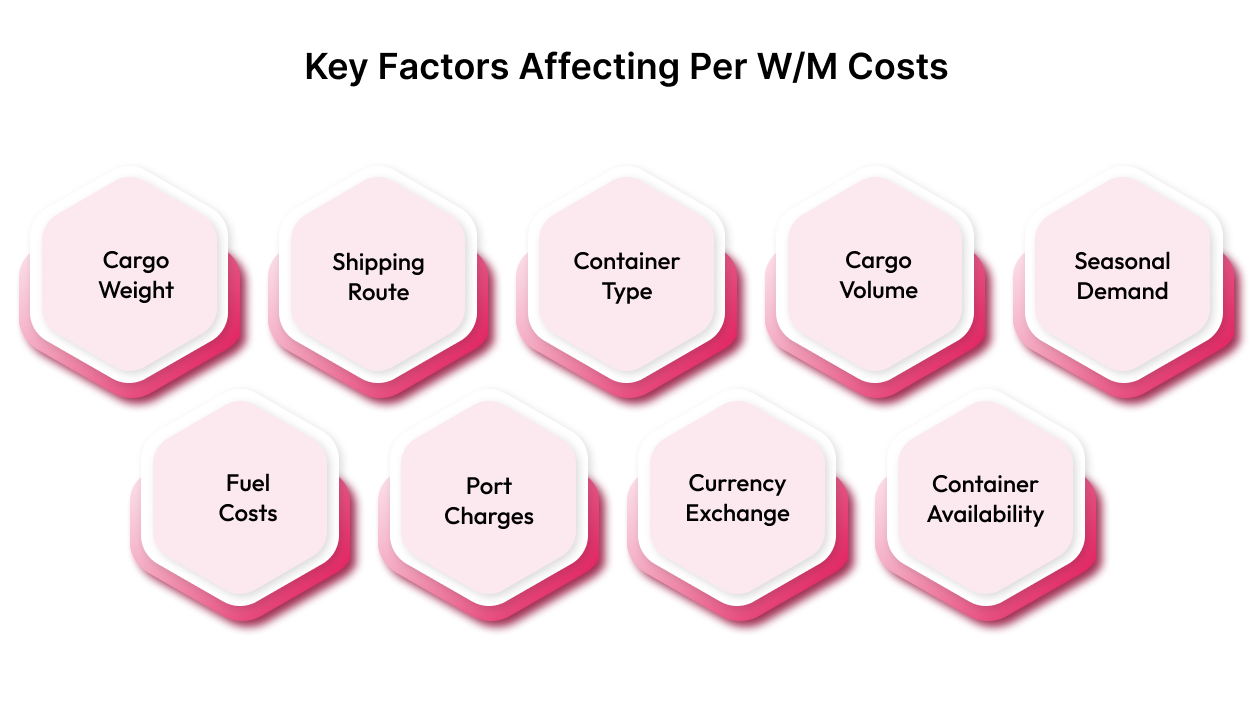
Several key factors directly affect your per W/M sea freight costs from India to the USA. Understanding these variables helps you plan and optimize your shipping expenses:
- Cargo Weight and Volume: Shipping companies will typically calculate the cost based on whichever is higher, either the actual weight or the volume weight (also called dimensional weight). This is particularly important for lightweight but bulky items, as they may incur higher costs due to the space they occupy in the container.
- Shipping Route and Distance: The longer the distance between the Indian port and your US destination, the higher the freight cost due to increased fuel, labor, and vessel maintenance needs. Some routes may also be more expensive because of congestion or limited service options.
- Container Type and Size: The cost varies depending on whether you use a standard, high-cube, or specialized container (like refrigerated units). Larger containers (40-foot vs. 20-foot) and special equipment will cost more.
- Cargo Type and Volume: While FCL rates are fixed per container, the nature of your cargo, such as hazardous, oversized, or high-value goods, can attract additional surcharges for special handling, storage, or documentation.
- Seasonality and Market Demand: Freight rates typically rise during peak seasons, such as before major US holidays or festival periods in India, due to increased demand and limited vessel space. Booking in advance can help secure better rates.
- Fuel Costs (Bunker Adjustment Factor): Bunker Adjustment Factor (BAF) is a surcharge applied by carriers to cover fluctuations in fuel prices, ensuring shipping costs reflect current fuel expenses.
- Port Charges and Local Fees: Each port has its own handling fees, customs duties, and regulatory charges. These can vary significantly between different Indian and US ports, affecting your total shipping cost.
- Currency Exchange Rates: Changes in currency values can influence the overall cost, especially when freight charges are quoted in US dollars but paid in Indian rupees.
- Container Availability and Geopolitical Factors: Shortages of containers or disruptions due to geopolitical events can lead to sudden rate increases and logistical challenges.
By understanding these key factors, you can make better decisions about how to optimize your shipping costs and choose the best shipping options that fit your business needs.
Want to simplify and optimize your sea freight calculations?
Request a quote now!With the cost influencers in mind, the next step is knowing how to measure your cargo correctly. Accurate calculation of volumetric and chargeable weight is the key to fair pricing. Here’s how you can do it.
Suggested Read: Air vs Sea Freight: Choosing the Best Shipping Method
How to Calculate the Volumetric Weight and Chargeable Weight?
When shipping goods via FCL (Full Container Load), you’re renting an entire container, and the shipping cost is typically determined by the container’s capacity, either by volume or weight. The calculation of volumetric weight and chargeable weight plays a significant role in ensuring you’re making the most efficient use of the container space and avoiding unnecessary shipping costs.
If you’re shipping goods under LCL (Less than Container Load), the process is slightly different. In LCL, multiple shipments share a container, and you are charged based on whichever is greater, the actual weight or the volumetric weight. This means if your cargo is light but bulky, it could still incur higher charges based on the volume it occupies within the shared space. On the other hand, if your cargo is heavy but compact, you may end up paying for the higher actual weight.
Let’s understand the scenario from the FCL perspective. In FCL, you’re essentially paying for the entire container, so the focus is more on the overall dimensions and weight of your goods. The key difference here is that the shipping cost is typically based on the total cargo you’re transporting, but understanding volumetric weight and chargeable weight ensures that you’re not overpaying for unused space.
1. Volumetric Weight (Dimensional Weight)
Volumetric weight is calculated by considering the amount of space your cargo takes up in the container, rather than its actual weight. It’s crucial for FCL shipments because shipping lines want to ensure that they’re charging appropriately for the space your goods occupy.
To calculate volumetric weight, use the following formula:
| Volumetric Weight (kg) = (Length x Width x Height in cm) ÷ 6000 |
“The divisor 6000 is used to convert cubic centimeters into kilograms by assuming a density factor commonly accepted in the shipping industry for dimensional weight calculations.”.
Example:
Suppose you are shipping a large machine that measures 200 cm in length, 150 cm in width, and 100 cm in height.
Volumetric Weight = (200 x 150 x 100) ÷ 6000 = 3000000 ÷ 6000 = 500 kg
So, the volumetric weight of the machine would be 500 kg.
2. Chargeable Weight
In FCL shipping, chargeable weight is the greater of the actual weight and volumetric weight. If your cargo is bulky but light, you will likely be charged based on the volumetric weight, as the shipping company needs to account for the space your goods take up in the container.
Example:
- Actual Weight: 400 kg
- Volumetric Weight: 500 kg
In this case, the chargeable weight will be 500 kg, as it is higher than the actual weight of the cargo.
Case Study: Shipping Large Furniture in FCL
Let’s look at an example of an FCL shipment. You are shipping 3 large pieces of furniture to the U.S., and each piece has the following dimensions and weights:
- Dimensions of each piece: 250 cm x 100 cm x 50 cm
- Actual weight: 80 kg per piece
- Number of pieces: 3
Step 1: Calculate the Volumetric Weight for One Piece
For one piece of furniture:
Volumetric Weight = (250 x 100 x 50) ÷ 6000 = 1250000 ÷ 6000 = 208.33 kg
Step 2: Determine the Chargeable Weight for One Piece
- Actual weight: 80 kg
- Volumetric weight: 208.33 kg
The chargeable weight for each piece would be 208.33 kg, as the volumetric weight is higher than the actual weight.
Step 3: Calculate the Total Chargeable Weight for the Shipment
For 3 pieces:
Total Chargeable Weight = 208.33 kg x 3 = 625 kg
In FCL, you’re typically paying for the full container, but understanding volumetric weight and chargeable weight ensures you’re making the most efficient use of the container space. In this case, the total chargeable weight for your shipment of 3 pieces is 625 kg, which is the weight that would be used for calculating the shipping cost, even though the actual weight is only 240 kg.
By considering both the actual and volumetric weight in your FCL shipments, you can avoid overpaying for unused container space and better plan your logistics.
Need help calculating your sea freight costs?
Reach out for FCL solutions!Knowing how to calculate and what to expect is half the battle. To truly gain an edge in international shipping, let’s explore practical strategies that can help you lower costs and improve efficiency.
Suggested Read: Guide to Calculate Export Duty from India to the USA
Tips to Optimize Your Freight Costs
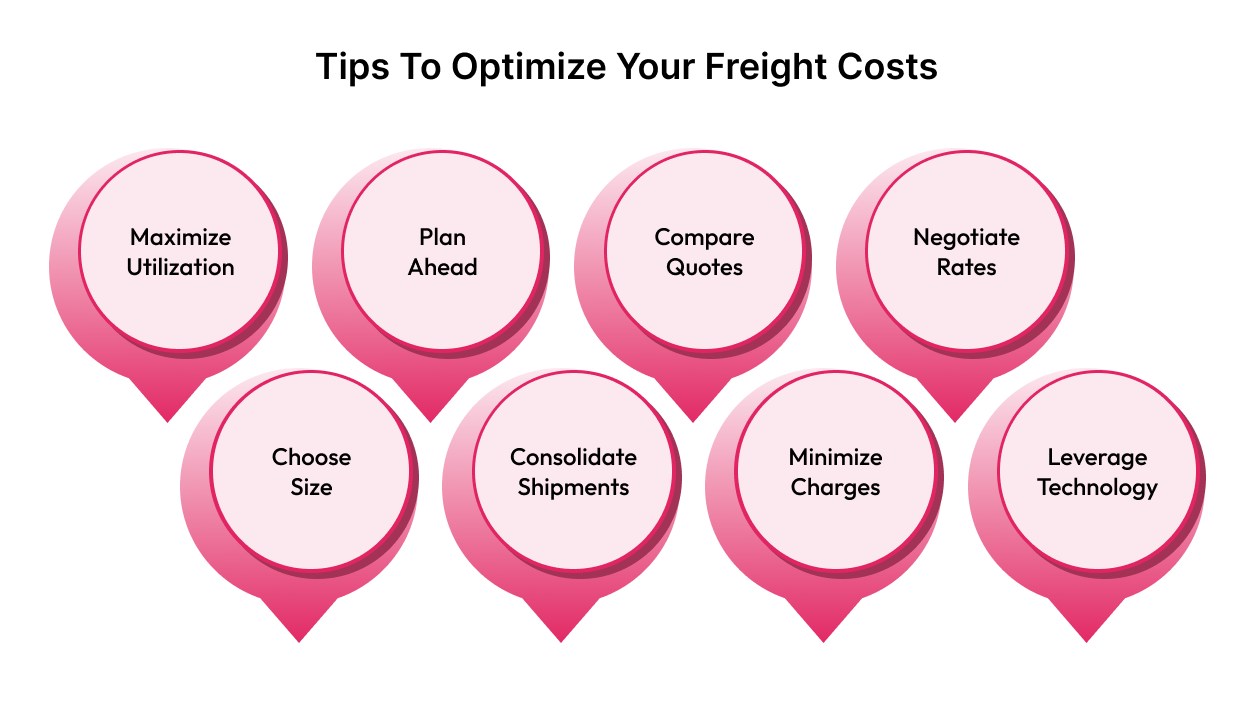
You can significantly reduce your FCL freight costs by applying a few proven strategies throughout your shipping process:
- Maximize Container Utilization: Efficiently pack and stack your cargo to use every inch of container space. Use pallets, stackable crates, and fill gaps with dunnage to prevent movement and damage during transit.
- Plan and Book in Advance: Booking early helps you secure better rates and avoids last-minute surcharges, especially during peak seasons.
- Compare Multiple Quotes: Always get quotes from several freight forwarders and carriers. This allows you to benchmark rates and negotiate more effectively.
- Negotiate with Carriers: If you ship regularly or in high volumes, leverage your shipping history to negotiate better rates or long-term contracts.
- Choose the Right Container Size: Select the container that best fits your cargo. Avoid paying for unused space by matching your shipment to the appropriate container size.
- Consolidate Shipments: If possible, combine smaller shipments into a single FCL load to benefit from lower per-unit costs and reduce handling fees.
- Monitor and Minimize Extra Charges: Avoid demurrage and detention fees by ensuring timely customs clearance and prompt container pickup and return.
- Leverage Technology: Use shipping management software to track shipments, optimize routes, and manage documentation efficiently.
By applying these tips, you can make your FCL shipments from India to the USA more cost-effective and keep your export operations competitive.
For exporters seeking a hassle-free way to compare rates, book containers, and manage FCL shipments from India to the USA, Intolgo offers instant quotes, transparent cost breakdowns, and 24/7 expert support. Our shipping experts and customs agents streamline your logistics and help you secure the most competitive rates for your exports.
Conclusion
Mastering per W/M sea freight cost calculations empowers you to make smarter export decisions, optimize your logistics budget, and avoid costly surprises when shipping from India to the USA. To truly streamline your FCL shipments, consider working with a partner that handles every step—from pickup to last-mile delivery—while providing full transparency and real-time control.
With Intolgo, you get:
- Seamless door-to-door FCL shipping from India to 41,000+ US zip codes
- PAN India pickups within 24 hours and own CFS space at major ports
- Hassle-free customs clearance and direct trucking network in the USA
- 50+ US warehouses, transloading, repacking, and long-term storage options
- Get AI-powered HS Code scanner, which provides US-specific HS Code in two clicks.
- Transparent quotes with detailed cost breakdowns and clear terms
- Real-time tracking, instant WhatsApp updates, and 24/7 expert support
- Partnership with premium shipping lines and special contract rates
Ready to simplify your India-USA FCL shipping? Get your instant quote and experience next-gen cross-border logistics with Intolgo today.
FAQs
1. What does “per W/M” mean in sea freight costs?
Per W/M” stands for “per weight or measurement.” Carriers charge based on whichever is greater: the actual weight (in kilograms) or the volume (in cubic meters) of your cargo.
2. How do I calculate the chargeable weight for my shipment?
Calculate the volume (CBM) by multiplying length × width × height (in meters). Multiply CBM by the industry standard (usually 1,000 kg per CBM) to get volumetric weight. The chargeable weight is the higher of actual or volumetric weight.
3. What factors influence sea freight rates?
Key factors include cargo weight and volume, shipping route, container type, seasonal demand, fuel prices, and port fees or surcharges.
4. Are there additional costs besides the base freight rate?
Yes. Expect charges for customs clearance, terminal handling, documentation, insurance, fuel surcharges (BAF), and peak season surcharges, among others.
5. How can I reduce my overall sea freight costs?
Optimize packaging to reduce volume, consolidate shipments, plan ahead to avoid peak surcharges, compare quotes from multiple carriers, and use digital freight platforms for better rate visibility


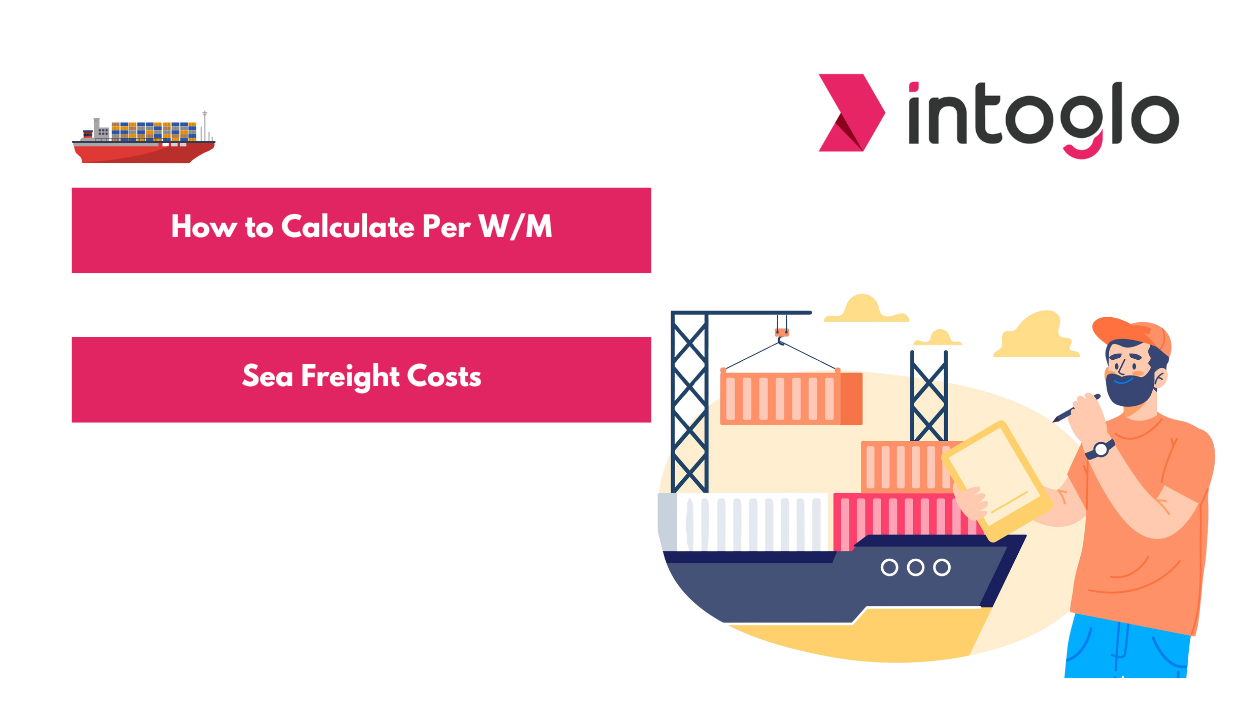
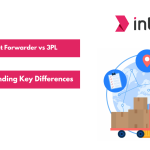

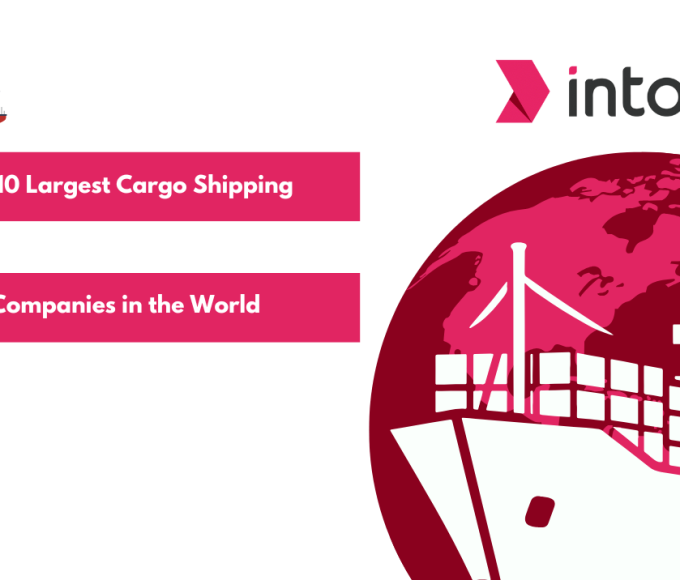
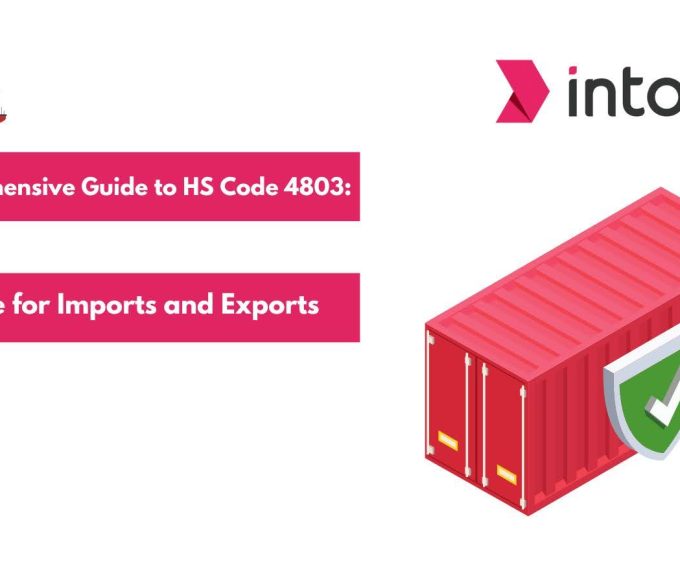
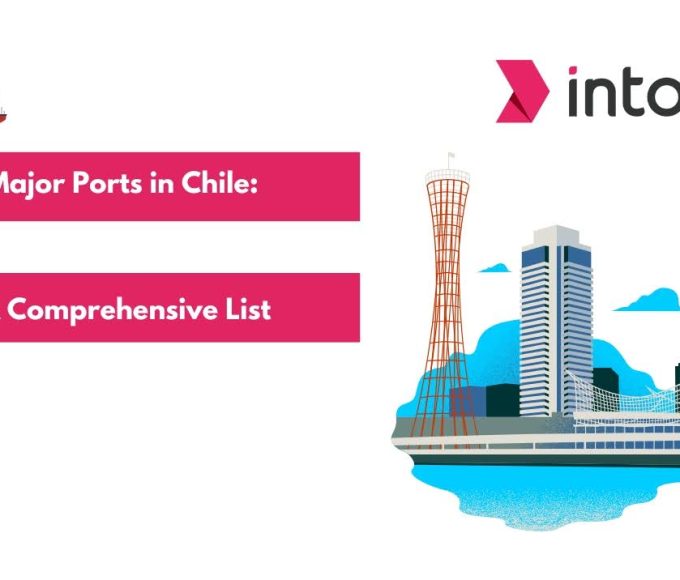
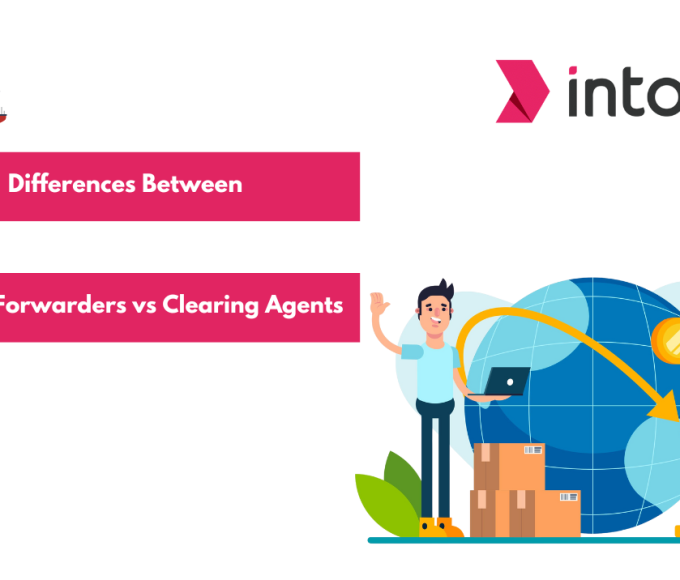
Leave a comment